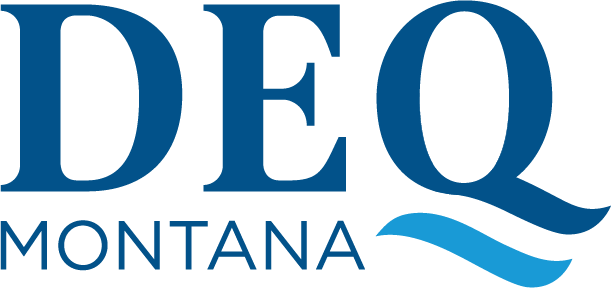Program Overview
Source Water Assessments (also known as Source Water Delineation and Assessment Reports) analyze existing and potential threats to the drinking water of public water supplies. Each Source Water Assessment includes three major elements:
1. Identify the Source(s) of Water used by Public Water Systems
Source water protection areas are delineated for ground water and surface water sources. This technical process considers characteristics of the aquifer or watershed and the public water system intake. It then identifies the land area that contributes recharge to the hydrologic or hydrogeologic system above or upgradient from the public water system well or intake structure. These protection areas are part of a source water delineation and assessment report (SWDAR) and are shown graphically on a map. Check out examples of completed reports on the Internet using the Source Water Protection Viewer below.
2. Identify and Inventory Potential Contaminant Sources
Potential contaminant sources within the source water protection area are identified and described in the assessment report. Regulated contaminants of concern in Montana include nitrate, microbial contaminants, and certain fuels, solvents, herbicides, pesticides, and metals. Potential contaminants sources include septic systems, animal feeding operations, underground storage tanks, floor drains and sumps, and certain land use activities.
3. Assess the Susceptibility of Public Water Systems to Potential Contaminant Sources
A susceptibility assessment consists of evaluating the setting of the well or intake and the relative hazard posed by potential contaminant sources. A determination of relative susceptibility for each significant potential contaminant source identified within the source water protection area will be in the assessment report.
Source Water Protection Contacts
Main Number (406) 444-5546
Source Water Protection Specialist
Carolyn DeMartino
Source Water Protection Specialist
Kamy Veith
Montana Source Water Protection Viewer
This mapping application is designed to show locations of current source water sites and facilities, existing source water regions, and potential contaminant sources that Montana DEQ uses in source water assessments. Users can find potential contaminant sources near their area of interest by using the tools found in this viewer. To learn how to use the mapping application, view the Montana Source Water Protection Viewer instructional video (03:25).
Public Water Supply (PWS) systems can submit their source water protection plans to DEQ for review and certification. In order to be certified, a source water protection plan must include all information required by the Safe Drinking Water Act and the Source Water Protection Plan (SWPP) including susceptibility assessments.
DEQ reviews certified source water protection plans at five-year intervals when updated contaminant source inventories are due. Five-year updates of previously-certified plans will include susceptibility assessments for each new identified potential contaminant source and each active water source. Susceptibility to all potential contaminant sources must be assessed for sources of water that were put in use within the previous five years.
Required Information for Source Water Protection Plans:
- Description of the characteristics of the community, public water supply, and water source.
- List of the key individuals and groups that participated in decision making and those who will implement the Source Water Protection Plan.
- Current information on construction of wells or surface water intakes including recent sanitary survey information and maintenance records.
- Well yield and a well log for groundwater sources.
- Engineering drawing of the water intake for surface water sources.
- Methods, criteria, and sources of information used to delineate source water protection areas.
- Map showing locations of water intakes and boundaries of source water protection areas.
- Contaminant source inventory of the source water protection areas in proper format for inclusion in a statewide database.
- Susceptibility assessment for each combination of significant contaminant source and water intake.
- Management options chosen including a copy of any ordinances adopted.
- Statement of the goals of management actions and a time frame for implementation and evaluation.
- Emergency response plan.
- Information necessary to evaluate applications for waivers of monitoring or filtration requirements.
Source Water Protection Plan Instructions
- Source Water Protection Plan Template (.docx)
- Source Water Protection Plan Review Checklist (.docx)
- Source Water Protection Plan Recertification Form (.docx)
Certification is provided by letter following review to ensure the source water protection plan meets the requirements of the Montana Source Water Protection Program and the federal Safe Drinking Water Act.
Local water quality protection districts are formed by county governments. Legislation describes district organizations and specifies the authorities that can be exercised at the local level. The Montana Department of Environmental Quality provides support to local water quality protection district programs, but does not have an active management role in their activities. Protection districts have been formed in Missoula, Lewis & Clark, Silver Bow, and Gallatin Counties. These groups serve as local government districts with a governing board of directors, and funding obtained from fees collected annually with county taxes, similar to funding mechanisms for other county districts.
Montana Water Quality Protection Districts:
Butte-Silver Bow Environmental Health Department
Gallatin Local Water Quality District
